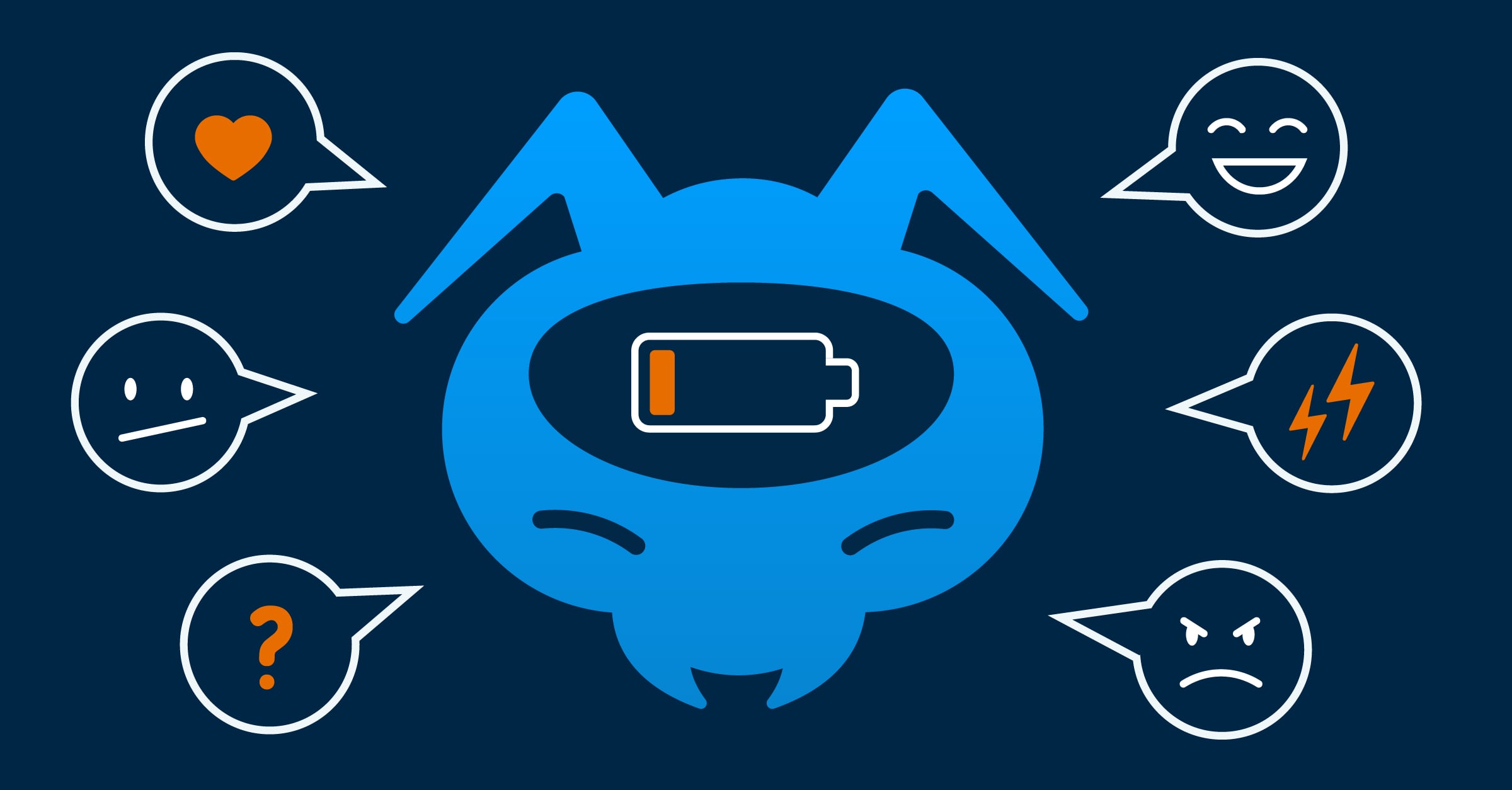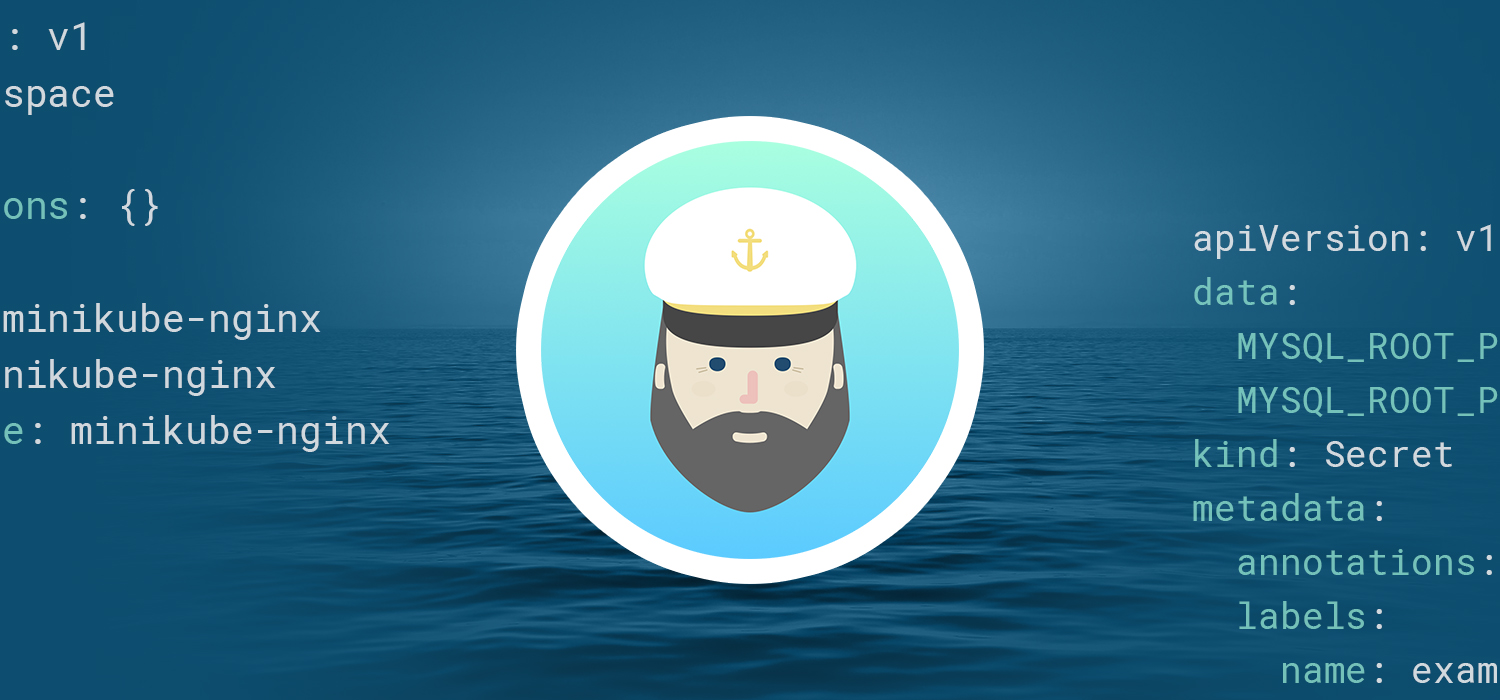How to weave mental health awareness into remote working
by Rowena Hennigan on Aug 4, 2022

On July 6, 2022, we organized a Mental Health Day during which Remote Work Expert and Trainer, Rowena Hennigan, hosted a workshop on “Weaving Well-Being into Remote Working”. This blog post, written by Rowena, complements that workshop and provides further reading resources and information.
Introduction
“You cannot pour from an empty cup” goes the age-old maxim. However, when working from home, oftentimes, the lines between home and work demands can get blurred. As a consequence, sometimes, our personal well-being needs can be demoted to second place.
Working from home is convenient, and that can be a double-edged sword! We can roll out of bed and take a few steps across our home to start working (without the need for a commute). But, on the other hand, we can find ourselves overworking, being always available, and spending additional hours at our work station. We also may find ourselves thinking about work more and therefore not switching off fully during our leisure time.
There is a clear benefit of owning our work routine, but without the physical distance a separate work space affords us, we may also find that those routines favor work time more than home leisure time, without us even noticing!
Let’s take a look at the science
Many well-being textbooks, scholars, and organizations use a concept called the Well-being (or Wellness) Wheel to illustrate and structure all the elements that can contribute.
Source: Princeton University
The wheel includes Emotional, Environmental, Intellectual, Social, Physical, Spiritual, and Occupational Wellness, all of which are significant individual areas for consideration in their own right.
For the purpose of this article, let’s focus on Environmental and Occupational for a second.
Environment is an expansive word that includes your daily surroundings such as your home, work, neighborhood, and locale or region. Each of these environments can impact your health. It is important to note that two environments can merge here significantly when we work from where we also live. So that Occupational wellness — which is finding fulfillment from your work, contributing meaningfully, and continuing to expand your skills and strengths — is now also dependent and interrelated to where we live, eat and sleep — our home space. Moreover, when we share a home space with others, family, dependents, etc., this can add an extra challenge/s for consideration.
During the pandemic, many of the elements involved in the wheel were impacted negatively as individuals endeavored to meet the needs of each of the areas in confined home spaces, with limited freedom of movement, social connection opportunities, etc. All of this while facing the challenge of trying to work effectively under the stresses of a global pandemic from home, with limited mobility and the additional stresses added by the pandemic lockdowns and situation.
Known challenges
All types of work come with occupational risks and challenges. Even knowledge and computer work, where we tend to be sedentary, can negatively impact our posture, potentially causing physical aches and strains.
Home working can lend itself to other occupational and well-being risks, including:
- Inappropriate equipment, workstation, and ergonomics
- Poor workspace environment and possible disruptions
- Potential to overwork due to a lack of boundaries and the mentality to be 'online and available' constantly
- Risk of isolation from work colleagues and team
- Possibility of feeling lonely, due to potential lack of social interactions opportunities
During the pandemic, Eurofound recorded and reported data to support the above risks, accentuated during the pandemic work-from-home-only experience.
Out of sight, out of mind
When we work in distributed and remote teams, we cannot 'see' our coworkers easily to check in on their well-being, both physically, emotionally, and mentally. Therefore, best practice in remote communications and team management recommends we regularly check in on well-being and normalize asking about their emotional and mental health. Mental health also has an additional challenge, and that is the stigma that is often associated with the topic, adding another layer of complexity for forward-thinking and caring organizations. Those leaders showing the way to being progressive, open, and vulnerable are often courageous in destigmatizing old beliefs and behaviors.
From onboarding, these practices and behavior need to be regularly encouraged, and leaders and managers need to ensure they lead the way in sharing honestly how they are doing (really!) and also use technology tools and calendar activities to proactively support their team’s expression of moods and feelings. Starting by sharing how you are honestly, day-to-day, without judgment or a fuss being made, begins to make it acceptable to discuss these things openly on team channels and calls. Paving the way for discussions and signposting to further support.
Write a policy and formalize your commitment
To formalize this support for well-being, organizations often write an official policy statement and share it with the wider team, confirming their commitment as an organization to support well-being, mental health, and the activities that back that up. Sometimes a working group is established to drive that policy, and a dedicated resource owner is allocated to administer and own these well-being support activities.
Take it to your team
At an individual team level, it is important to support the de-stigmatization of mental health conversations and foster psychological safety. Kona, an app that provides daily mood check-in functionality for remote teams, recommends the following ways to build that safety in teams;
- Acknowledge the stigma. Create an open dialogue with your team about how mental health is addressed at your company. Approach this hard conversation with curiosity and assume you don't know the majority of what people go through.
- Create guidelines together. Set boundaries and build a safe space together. Discuss how your team will handle vulnerability. Emphasize your team’s confidentiality and that honesty will not lead to punishment.
- Take it slow. Normalize check-ins with regular touch points. Know that different people open up at different rates. Create regular bonding events focusing on mindfulness, team building, and self-care.
Emoji-tastic!
When we interact with others on instant messaging tools like Slack, we often use emojis to express our moods and feelings. These emotive expressing icons can be used as a gateway to open discussions on mental health topics and emotions. Team leaders can use these to proactively encourage sharing on team calls.
As a closing note, it's also worth considering formal training in Mental Health First Aid (or the like) to add additional awareness, skills, and a formal process of support and signposting by those trained in administering Mental Health First Aid on behalf of the organization. Regardless, it is important to note that the first move in any mental health and well-being support strategy is opening a discussion and beginning to build awareness of the topic. This is a vital yet influential first step to take!
You May Also Like
These Related Stories

New Joiners Series: Welcome Dominik
Welcome to Giant Swarm's New Joiners Series where we get to know some of the newest members of the Swarm. This week, we meet Dominik Kress. 👋

Nouveau travail: Project 32
"Make it sound all French and mysterious" — Giant Swarm's HR Manager Josh talks us through our latest organizational evolution. In September 2022, Gia …

Application Configuration Management with Kapitan
If you've been following along with this series on application configuration management in Kubernetes, then you'll already have an understanding of so …